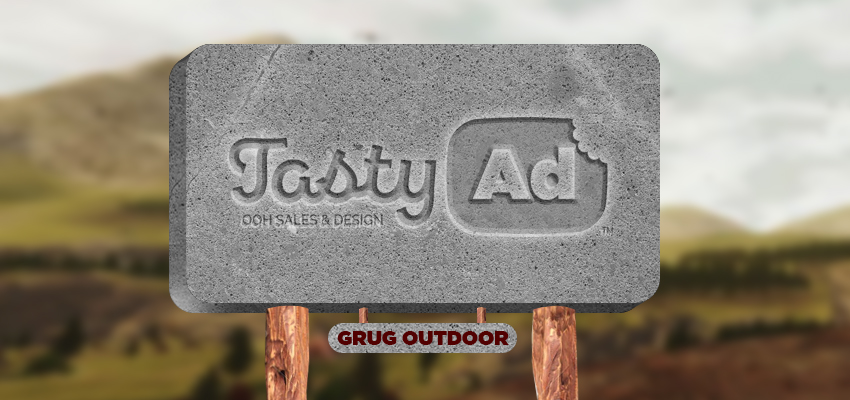The History of Billboards

The history of billboards goes back longer than you may think. Humans have been creating wall art since we lived in caves, as a way of communication. During the time of ancient Egypt, the government was using images carved into stones to convey laws. This way of communicating a message on a stone wall could be viewed as the oldest form of outdoor advertising. When Johannes Gutenberg invented a type printing press in the 1450’s, modern advertising was introduced through the handbill, or poster. In 1796 the first illustrated poster was made when the lithographic process was finally perfected.
During the 20th century, the industrial revolution quickly led companies to take advantage of billboard advertising to publicize a wide range of products and services. Billboards were placed on the side of the roads to capture the attention of passing motorists. Billboards started off smaller back then, but as cars were made to go increasingly faster, the size of the billboards grew to ensure motorists could read them.
In the mid-1860’s, it became possible for just about any business to buy billboard space from an outdoor company. A few years later, the Internationational Billboard Poster Association of North America was formed. Now known today by their shortened name Outdoor Advertising Association of America (OAAA).
The 1900’s were a great period of time for billboard marketing, however the explosive growth did not happen by choice or in a bubble. Ongoing innovation in the outdoor industry has led to larger billboard sizes, changes in the materials being used, as well as upgrades in technology, such as improved mechanical components and digital billboards. Innovations in the lighting industry helped billboards to be seen at night in a much more attractive and effective way.
Despite the rise of radio, tv and internet, the outdoor advertising industry remains stronger than ever. Billboard companies succeeded by maintaining their position as a strong marketing option. We now see billboard advertising in the forms of posters, LED screens, bulletins, street and taxi ads, and wallscapes throughout our cities.

